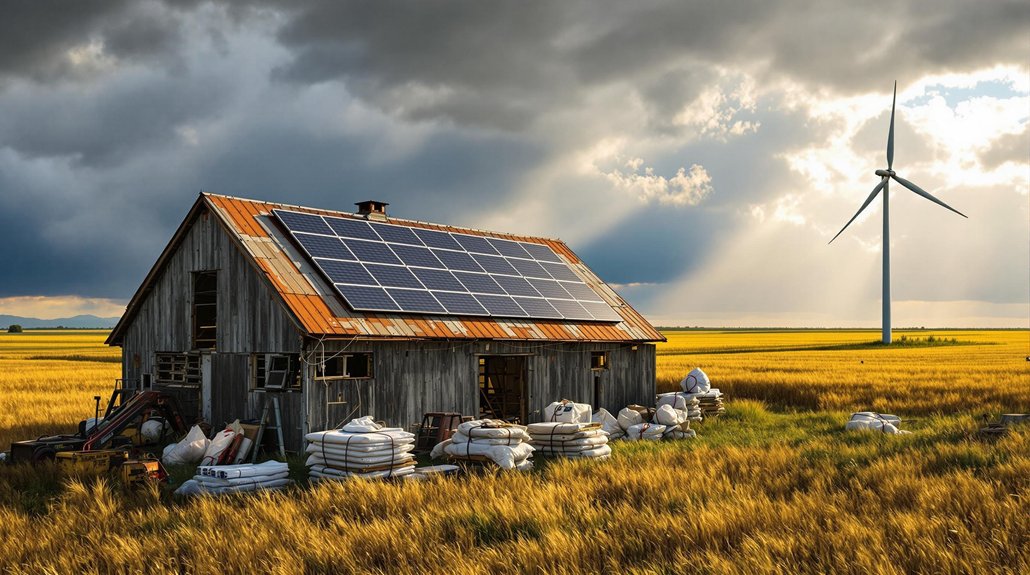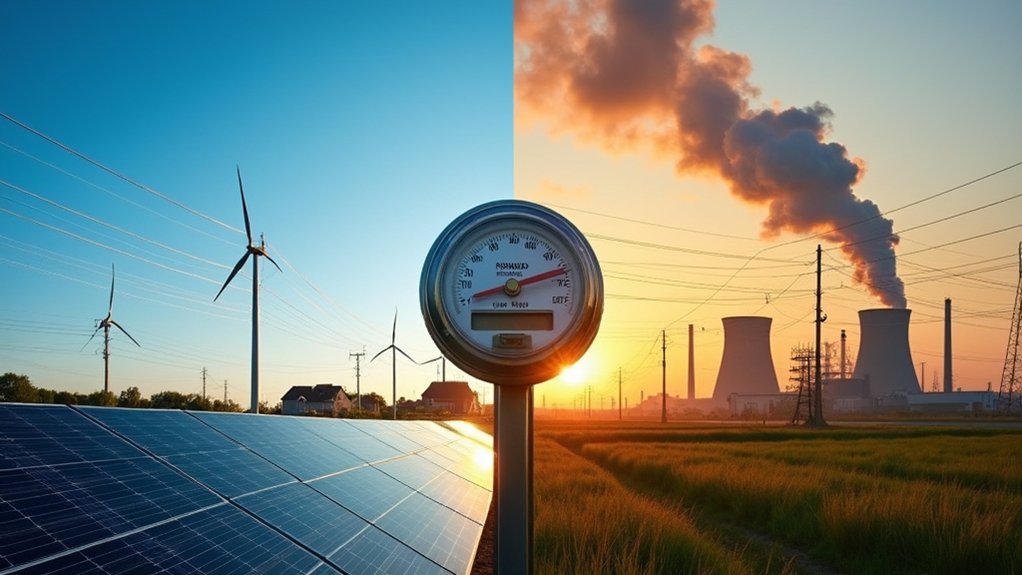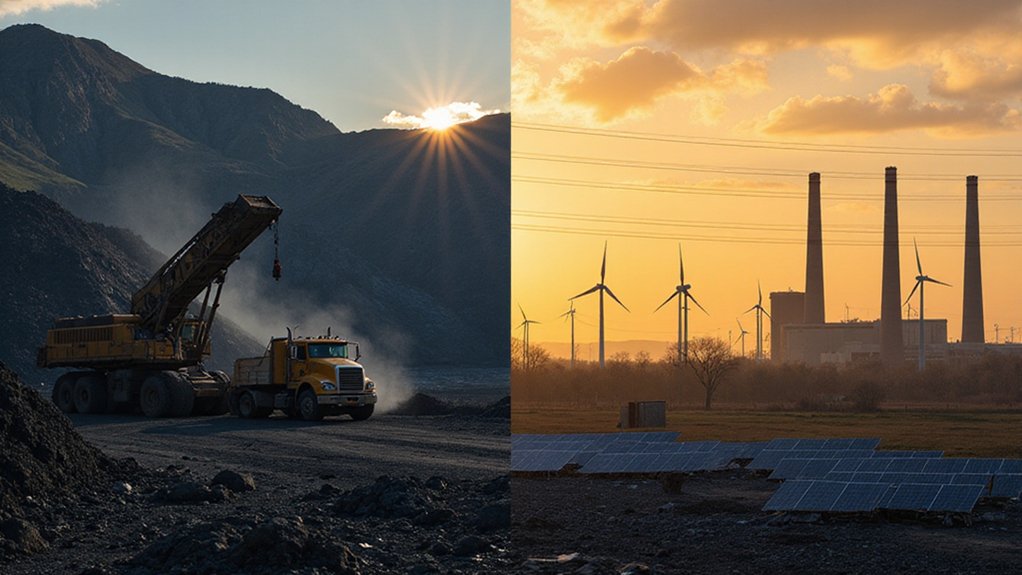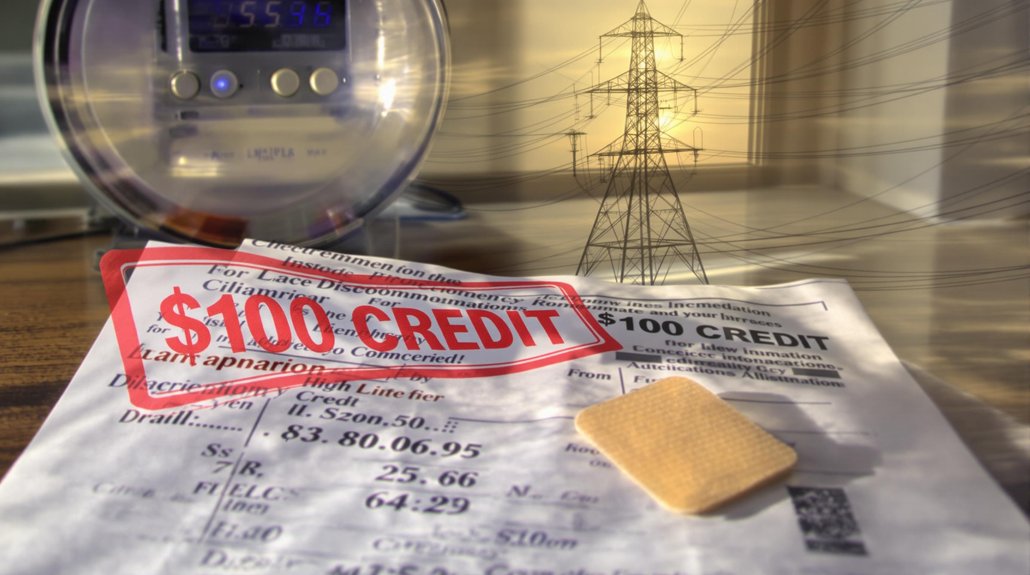Thousands of farmers face financial ruin as REAP grant payments freeze unexpectedly. The program, which covers up to 50% of renewable energy project costs, has left recipients in all 50 states hanging after they invested in equipment. Many risked bankruptcy, especially in the Midwest and tribal lands. Politicians make noise but offer no solutions. Even small non-refundable fees are crushing farmers like John Rueb. The situation exposes the true cost of government promises.
Thousands of farmers across America are watching their solar dreams crash and burn. The Rural Energy for America Program (REAP) — the government’s golden ticket for farmers going green — hit a brick wall when the Trump administration slammed the brakes on payments in January 2025. Just like that, farmers who’d been promised up to 50% of their costs for renewable energy projects found themselves high and dry.
The freeze affects both new applications and those already approved. No timeline for fixing the mess, either. Classic bureaucracy at its finest.
This bureaucratic freeze hits everyone – approved or pending. No solutions, no timeline, just government doing what it does best: nothing.
REAP has been around since 2008, with bipartisan love until now. It covers everything from solar panels to energy-efficient grain dryers, wind turbines to LED lighting for that sad little rural grocery store hanging on by a thread.
The numbers aren’t small potatoes. Grants typically range from $20,000 to $50,000. For a family farm, that’s make-or-break money. Many farmers already bought equipment, expecting Uncle Sam to hold up his end of the bargain. Now they’re staring down potential bankruptcy. Many of the affected businesses are part of Trump’s rural base, creating political tension alongside financial strain. Contractors got paid non-refundable fees. Equipment’s sitting there. Bills are due.
The pain is everywhere — all 50 states have affected recipients. Midwest and Great Plains states are taking the biggest hit. California, New York, Texas — they’re hurting too. Rural Appalachia and Native American tribal lands? Especially screwed.
Politicians are doing what politicians do — making noise. A bipartisan group of senators is demanding answers. Governors are pressing the White House. Agricultural lobbying groups are mobilizing their members. Everyone’s talking. Nobody’s fixing.
The long-term fallout could be nasty. Rural renewable energy jobs disappearing. Higher energy costs for farmers already squeezed by thin margins. U.S. agricultural exports becoming less competitive. Climate change efforts in rural America? Stalled.
Meanwhile, farmers who trusted the government’s promise are left checking their empty mailboxes. Their bank accounts dwindling. Their future? Uncertain at best. Local farmer John Rueb faces particular hardship after paying a nonrefundable $2,000 fee to a solar installation company for a system he may no longer be able to afford.
What’s especially disappointing is that these projects would have contributed to the 30% tax credit that makes renewable energy financially viable for rural communities.
Turns out going green comes with a lot of red tape.









